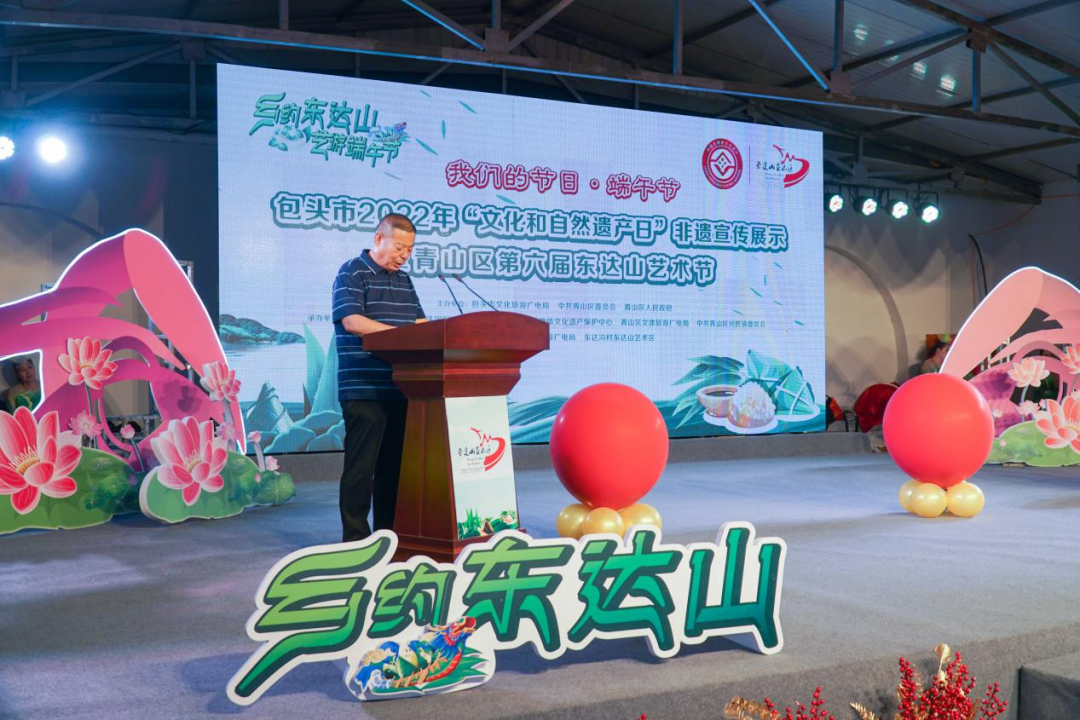major discovery!
Author:Shijiazhuang Daily client Time:2022.06.13
Today (13th), the Sichuan Provincial Institute of Cultural Relics and Archeology held a press conference at the Sanxingdui Museum to publish a phased result of the archeological excavation of the Sanxingdui site of the "Archaeological China" major project.

Basically confirmed the area of nearly 13,000 square meters in the sacrifice area of the site
The relics of the Shang Dynasty are related to the sacrifice activities
From 2020 to 2022, a total of 1,834 square meters of excavation area was carried out in the sacrifice area. It basically confirmed that the sacrifice area was roughly northwest -southeast of rectangular distribution. It paid parallel to the Sanxingdui city wall next to the north side, with an area of nearly 13,000 square meters.

The main generations distributed in the sacrifice area are related to the sacrifice activities, including the No. 1 pits, No. 2 pit excavated in 1986, and the 6 pits of the newly discovered. The shaped or rectangular sacrifice pits, as well as the ash ditch on the south, the northwestern buildings. Ashes, building foundations, and small sacrifice pits are unearthed in precious cultural relics such as gold wares, collar copper 瑗, kneeling stone tigers, kneeling stone people, stone tales, stone pupa, jade chisel, turquoise and ivory. Under the existing sacrifice area accumulation (level ⑤ layer), it is also distributed with a sacrifice pit buried or relatively complete jade artifact, indicating that the sacrifice area continues to use for a long time. The sacrifice relics are the late stages of the sacrifice area.

A total of nearly 13,000 cultural relics were unearthed in the newly discovered pits, including 3155 relatively complete cultural relics.
As of May 2022, the No. 3 pits, No. 4 pits, pits 5, and No. 6 pits have ended the field excavation. Among them, the No. 3 pits and No. 4 pits have entered the finishing stage. Clean up, Pit 7 and No. 8 pits are undergoing buried cultural relic extraction phases.
Multi -discipline fire eyes "new discovery"
Micro -observation found more than 20 bronze wares and ivory surfaces unearthed. Textiles were found on the surface of ivory;
The 4 pits of the ashes of the pits were found in Zhiya family, Nanxin, broad -leaved tree material, palm, reed, grantye, cabbage, soybean, chrysanthemums, and a small amount of carbonized rice.
The use of infrared compound temperature measurement methods to know that the burning temperature of the 4 pit ash layer 4 is about 400 degrees;
Use X -ray detecting and CT scanning modern testing technology, and find that the small copper portrait unearthed from the No. 3 pit is used in the core bone casting process; it is found that the jade tube drilling method is divided into 2 categories: the drill, one -sided drilling; : Gourmed, without polishing;
Scatium and wild boar are likely to be used as sacrifice.
Solving many years of controversy
Confirm that the era of Sanxingdui sacrifice pit
The archaeological team conducted a carbon 14 annual annual annual annual annual annual. The annual data concentration was concentrated from 1131 BC to 1012 BC. Except for the late pits and No. 6 pits, the number 3 pits, No. 4 pits, and 7 The buried age of the pits and No. 8 pits is the same. It is the late Shang Dynasty. It is about 3200 to 3,000 today.

Empirical ancient Shu civilization is an important part of Chinese civilization
Several new utensils excavated this time showed that the Sanxingdui site was closely linked with the close cultural connection with other regions of the country. The copper Zun, Copper, and Copper Capital found in the No. 3 pits and No. 8 pits were typical bronze in the Central Plains Yin Shang culture. The jade 4 found from the pit and No. 4 pit comes from the Qijia culture of the Ganqing area. The No. 3 pits, No. 7 pits, and No. 8 pits are found in Yugu, Yuyu, Yu Ge in Henan, Shaanxi, Shandong, and the vast number of South China in South China. In the region, a large number of gold wares found in each pit are used in line with the traditional gold wares that have been used in the middle of the moon. The god tree, the portrait of the kneeling, and a large number of dragon image utensils indicate that the users of the Sanxingdui ruins are similar to those of the people in other regions of the world, and the natural understanding of the nature of the world will undoubtedly show that the ancient Shu civilization of the Sanxingdui site belongs He is an important member of Chinese civilization.

Sanxingdui site sacrifice area Archaeological team creates the most "luxury" lineup in history
The entire excavation work of the Sanxingdui site sacrifice area and the new discovery of six "sacrifice pits" has achieved cross -domain joint and multi -disciplinary integration. 40 archeological excavations, cultural relics protection, multidisciplinary research, digital services and other units jointly related, archeology, history, history Nearly 200 scholars such as science, physics, chemistry, paleontology, paleontology, ancient geology, and ancient environmental science have participated in on -site excavation, scientific and technological archeology, and cultural relics protection to ensure the performance of high -quality archaeological work.
Source: Voice of China of Central Radio and Television Station
- END -
Wonderful series of "Cultural and Natural Heritage Day" non -heritage series activities

On June 3rd, the launching ceremony of the Cultural and Natural Heritage Day non -...
Tsubaki bud trees, white flower peaches

■ Jiang XiaodongWhen I was a child, there were Tsubaka buds and white flower tree...